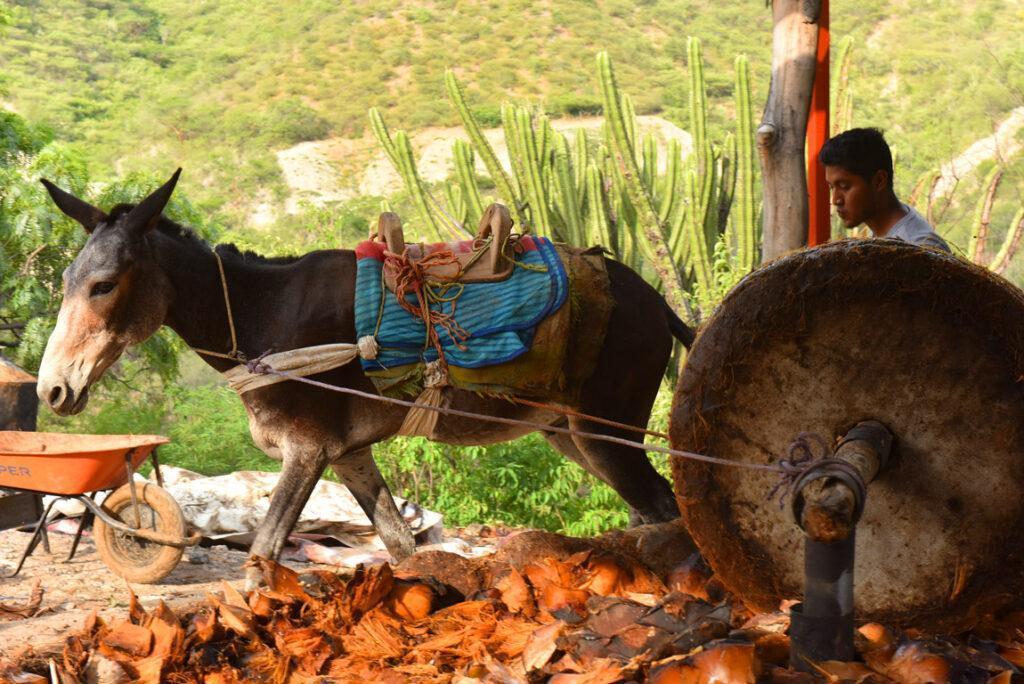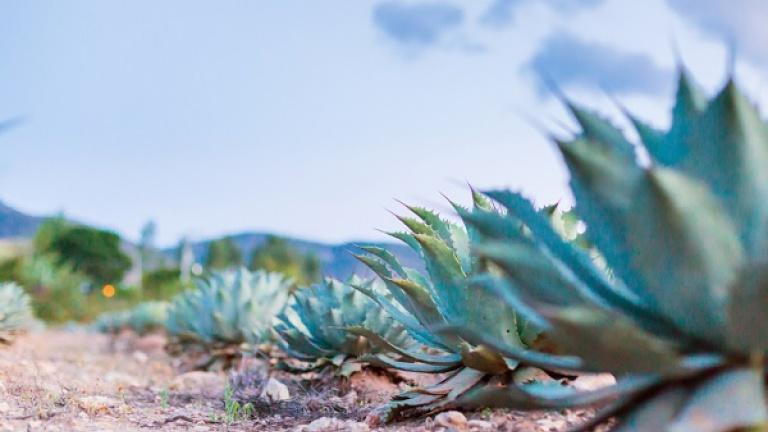ALL ABOUT MEZCAL
the story, its use in drinks and how to combine it with food
Always mistreated, always reduced to a speck, always ignored by large retailers, today it is discovering a rebirth and a new interpretation: we are talking about mezcal (or mescal or, again, mexcal). For a long time the conception that the common opinion had of this agave distillate was negative, like a stupid and picturesque cousin of tequila, with that worm inside.
Then there is a whole history and a liturgy linked to mezcal that makes it incredibly fascinating. So let’s see everything there is to know about this distillate, its production method, the combinations we can make and some curiosities.



